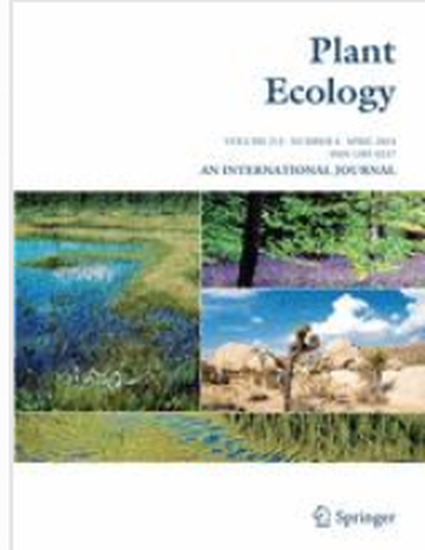
Article
Effects of perennial semi-arid bunchgrass spatial patterns on performance of the invasive annual cheatgrass (Bromus tectorum L.)
Plant Ecology
(2014)
Abstract
Plant spatial patterns critically influence community dynamics, including plant interactions, resource distribution, and community invasibility. Research suggests that resistance of western US plant communities to further invasion by the exotic annual grass Bromus tectorum may be linked to the positions of, and spacing between, perennial plants. In particular, gaps between aggregated clusters of perennial plants may facilitate B. tectorum invasion by providing safe sites for seed germination and establishment. We tested the effects of random, regular, and aggregated bunchgrass patterns, manipulated at both community (plot) and neighborhood scales, on B. tectorum biomass and spikelet production after experimental seed addition. We found strong evidence of treatment effects on both biomass and spikelets, which varied between treatments by approximately 2.5-fold...
Disciplines
Publication Date
2014
DOI
https://doi.org/10.1007/s11258-013-0293-8
Citation Information
Eugene W. Schupp. "Effects of perennial semi-arid bunchgrass spatial patterns on performance of the invasive annual cheatgrass (Bromus tectorum L.)" Plant Ecology Vol. 215 Iss. 2 (2014) p. 247 - 251 Available at: http://works.bepress.com/eugene_schupp/134/
